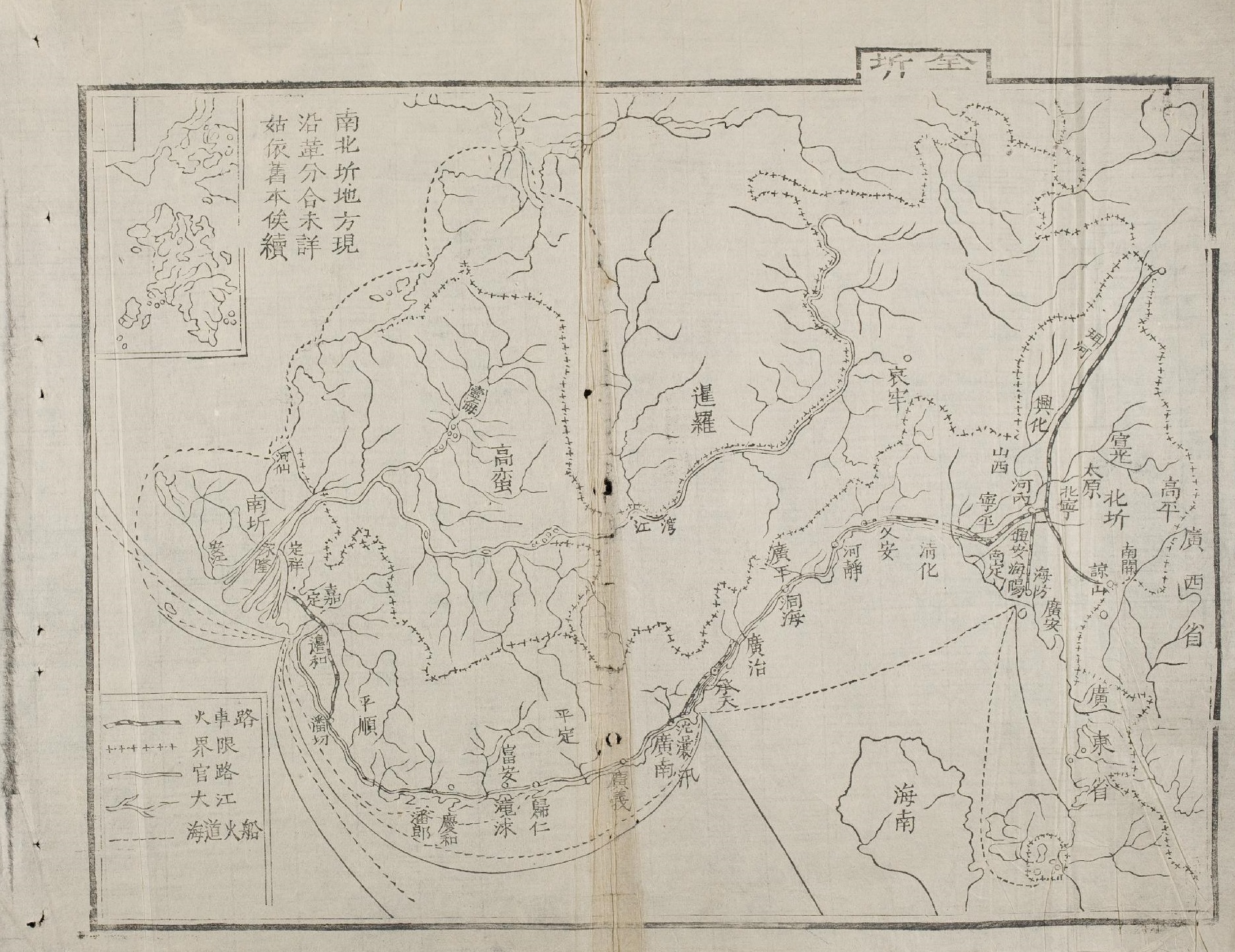|
Đại Nam Nhất Thống Chí
The ''Đại Nam nhất thống chí'' (chữ Hán: 大南一統志, 1882) is the official geographical record of Vietnam's Nguyễn dynasty written in chữ Hán ( , ) are the Chinese characters that were used to write Literary Chinese in Vietnam, Literary Chinese (; ) and Sino-Vietnamese vocabulary in Vietnamese language, Vietnamese. They were officially used in Vietnam after the Red River Delta region ... compiled in the late nineteenth century. It also contains historical records of military campaigns.Population et développement au Viêtnam 2000- Page 43 "L'Encyclopédie du Dai Nam (Dai Nam nhât thông chi) achevée en 1882 mais composée sans doute très peu de temps avant l'invasion française," References {{DEFAULTSORT:Dai Nam Nguyen dynasty texts ... [...More Info...] [...Related Items...] OR: [Wikipedia] [Google] [Baidu] |
Dai Nam Nhat Thong Chi - Toan Ky
Dai may refer to: Names * Dai (given name), a Welsh or Japanese masculine given name * Dai (surname) (戴), a Chinese surname * Bảo Đại (保大), Emperor of Vietnam from 1926 to 1945 Places and regimes * Dai Commandery, a commandery of the state of Zhao and in early imperial China * Dai County, in Xinzhou, Shanxi, China * Dai (Eighteen Kingdoms), a short-lived state during the Eighteen Kingdoms period in Chinese history * Dai (Han dynasty), a realm and title during the Han dynasty * Dai (Sixteen Kingdoms), a Xianbei-led dynastic state during the Sixteen Kingdoms era of Chinese history * Dai (Spring and Autumn period), a state during the Spring and Autumn period in Chinese history * Dai (Warring States period), a short-lived state during the Warring States period in Chinese history People and language * Da'i al-Mutlaq, or Da'i, a type of religious leader in Islam * Da'i, person engaging in Dawah, the act of inviting people to Islam * Dai language (other) * ... [...More Info...] [...Related Items...] OR: [Wikipedia] [Google] [Baidu] |
Chữ Hán
( , ) are the Chinese characters that were used to write Literary Chinese in Vietnam, Literary Chinese (; ) and Sino-Vietnamese vocabulary in Vietnamese language, Vietnamese. They were officially used in Vietnam after the Red River Delta region was incorporated into the Han dynasty and continued to be used until the early 20th century. Terminology The main Vietnamese term used for Chinese characters is (). It is made of meaning 'character' and 'Han (referring to the Han dynasty)'. Other synonyms of includes ( , literally 'Confucianism, Confucian characters') and ( ) which was borrowed directly from Chinese. was first mentioned in Phạm Đình Hổ's essay ( ), where it initially described a calligraphic style of writing Chinese characters. Over time, however, the term evolved and broadened in scope, eventually coming to refer to the Chinese script in general. This meaning came from the viewpoint that the script belonged to followers of Confucianism. This is further s ... [...More Info...] [...Related Items...] OR: [Wikipedia] [Google] [Baidu] |
Nguy·ªÖn Dynasty
The Nguyễn dynasty (, chữ Nôm: 茹阮, chữ Hán: 朝阮) was the last List of Vietnamese dynasties, Vietnamese dynasty, preceded by the Nguyễn lords and ruling unified Vietnam independently from 1802 until French protectorate in 1883. Its emperors were members of the House of Nguyễn Phúc. During its existence, the Nguyễn empire expanded into modern-day Southern Vietnam, Cambodia, and Laos through a continuation of the centuries-long Nam tiến and Siamese–Vietnamese wars. With the French conquest of Vietnam, the Nguyễn dynasty was forced to give up sovereignty over parts of French Cochinchina, Southern Vietnam to France in 1862 and 1874, and after 1883 the Nguyễn dynasty only nominally ruled the French protectorates of Annam (French protectorate), Annam (Central Vietnam) as well as Tonkin (French protectorate), Tonkin (Northern Vietnam). Backed by Empire of Japan, Imperial Japan, in 1945 the last Nguyễn emperor Bảo Đại abolished the protectorate treat ... [...More Info...] [...Related Items...] OR: [Wikipedia] [Google] [Baidu] |

